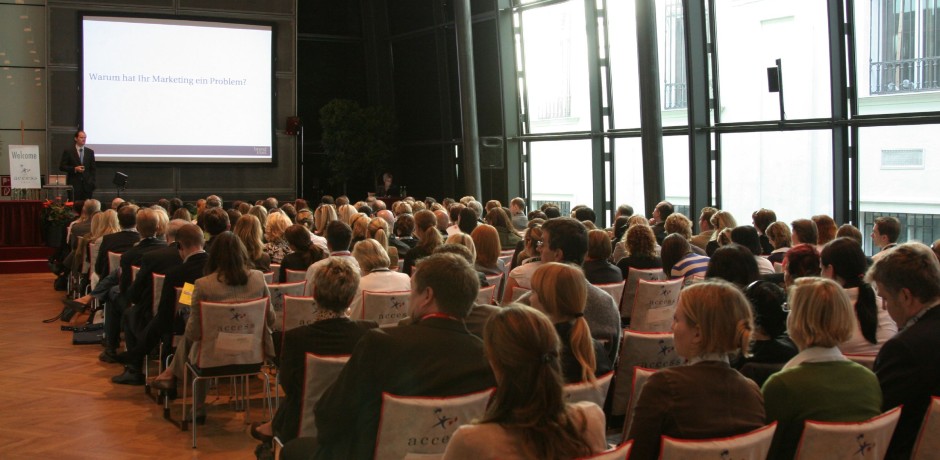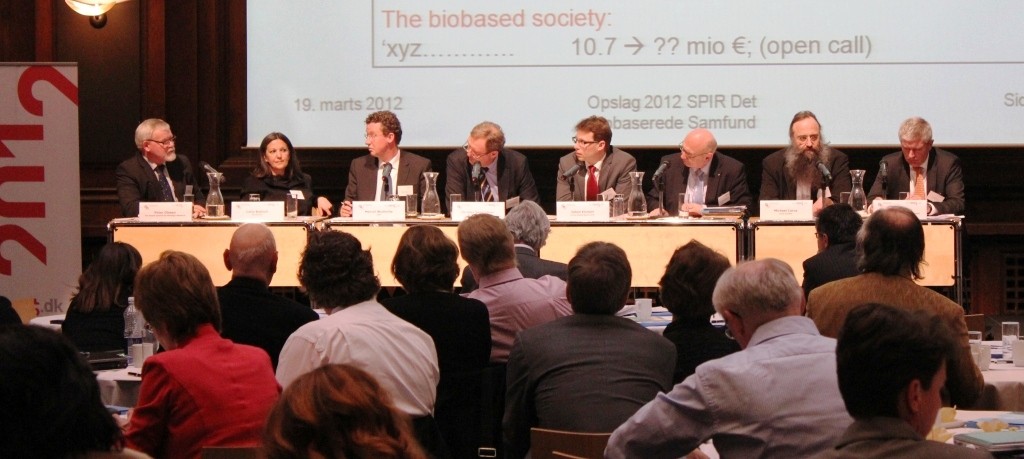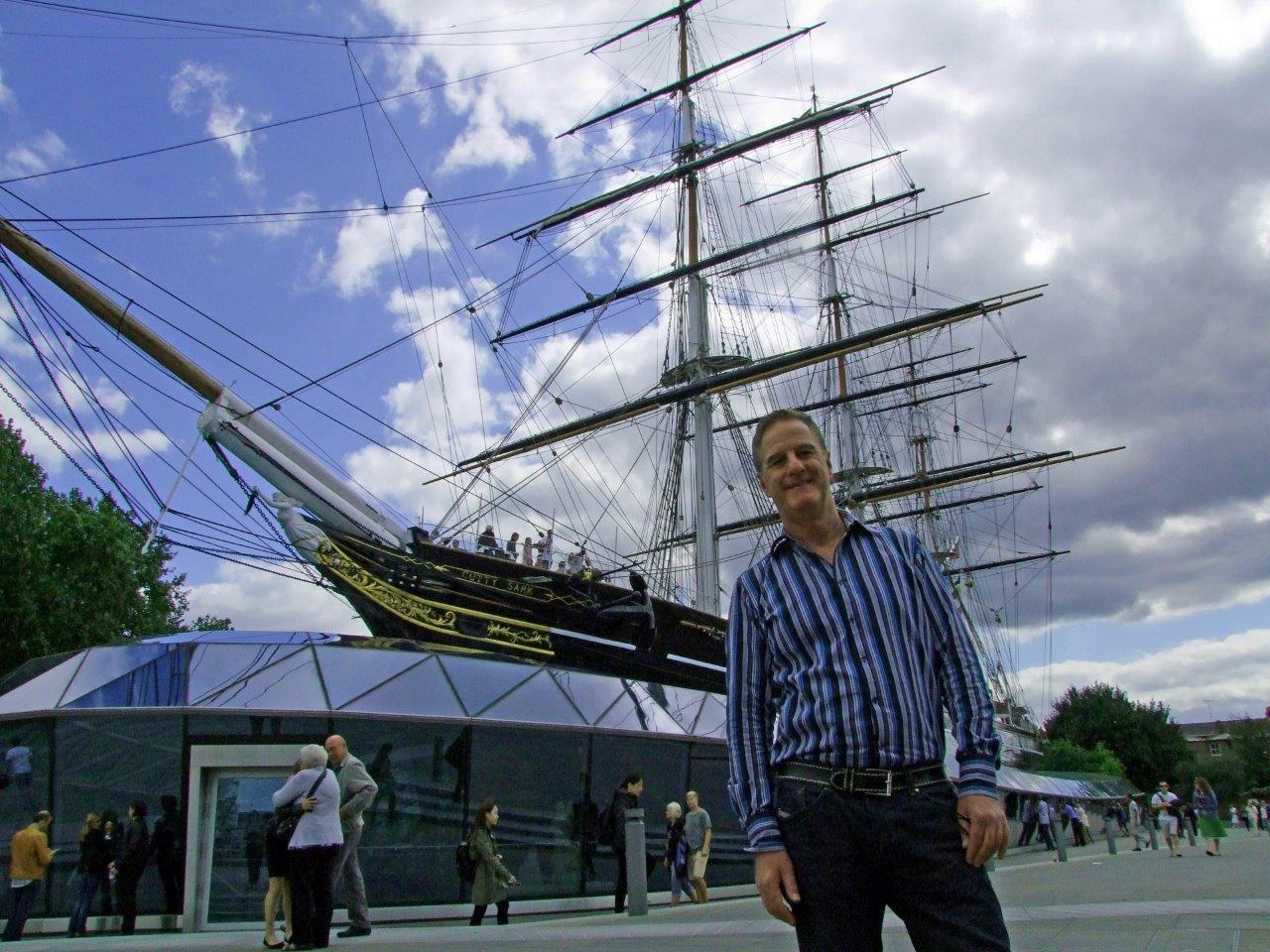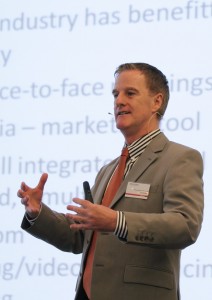Rob’s reflections
Local Hero
Have you noticed how more and more cities are naming bits of their infrastructure after people who grew up there and then went on to distinguish themselves in some way? Airports proudly proclaiming their association with the birthplaces of John Lennon and George Best are just the latest example of the trend that gave us the Brunel roundabout in Slough, Manchester’s John Dalton Street, a theatre in North Durham named after the actor Alun Armstrong, and so on and so on.
What we haven’t done – yet – is follow the example of those cities in countries where naming conference centres after famous men (and in only very few cases, famous women) is common practice. The US leads the way in this respect. Many, if not most, of their conference centres bear the names of well-known people associated with the city in some way. More often than not, the eponymous person is, or rather was, a politician of some kind – usually a former governor, congressman or mayor. New York’s Jacob K. Javits Convention Center is probably the best-known example of this, and Pittsburgh’s David L. Lawrence Convention Center is another – named after the erstwhile Governor of Pennsylvania. But there are rare exceptions of conference centres bearing the names of non-politicians. For example, the McCormick Place venue in Chicago was named after Robert R. McCormick, a publisher.
Beyond the US, the practice of honouring retired politicians and former heads of state by naming a conference centre after them seems to be more prevalent in the developing world than in other first-world countries. Julius Nyerere, Jomo Kenyatta and Mahatma Gandhi, for example, all have conference venues bearing their names.
What about the UK?
We have very few examples in this country, where the usual practice is to name conference centres, sensibly enough, after the city that they’re located in. Of course, the Queen Elizabeth II Conference Centre (conveniently located just up the road from the Queen Mother Sports Centre) is a notable exception – and exceptional too in that it is one of the few conference centres in the world named after a woman (the Queen Sirikit National Convention Center in Bangkok is another).
As far as I know, there are no major venues in the UK named after our local or national politicians – which probably says everything about how we feel about most members of our political class. And given how quickly celebrity can topple over into the deepest, darkest notoriety, naming venues after local ‘heroes’ can be a high-risk policy – as the management of the former Savile’s Hall conference centre in Leeds would confirm.
Penicuik
I grew up in Penicuik (Scottish readers can skip the next few sentences). It’s a town about 10 miles south of Edinburgh, and it’s where you’ll find yourself if you take a wrong turn on the way from the capital to Peebles. One of the town’s claims to fame is that, decades ago, a question on Brain of Britain was ‘How do you spell Penicuik?’. None of those sassenach eggheads got it right, as anyone in the town will proudly tell you to this day.
Now, I’d like to think that when Penicuik finally gets its own world-class venue it will proudly bear the name of the Rob Davidson Conference Centre. Or, as the Americans would call it, the Robert I. Davidson Convention Center. (‘Inglis’, if you must know).
Ten years later
It’s now 10 years since I produced my first report for EIBTM on meetings industry trends, and launched it at the show, which had just moved from Geneva to Barcelona. That year in the UK, the Queen unveiled a memorial fountain in Hyde Park, dedicated to Diana, Princess of Wales; the new Scottish Parliament Building in Edinburgh was opened; and the BBC cancelled the appearance of Coca Cola sponsorship credits on Top of the Pops show, after criticism from politicians and health campaigners that it would be promoting junk food and unhealthy drink products to teenagers.
Every year since 2004, I have researched and written the EIBTM trends report and presented my findings on the Tuesday morning and Thursday morning at the show.
The report has been through a lot of changes in the past decade (and so have I – I could get into 28-inch waist trousers in 2004 … ). But the EIBTM report has been a constant fixture of my work during that time. It’s an annual review of the best data on changing trends in our industry. For the first few years, we called it the EIBTM Industry Trends and Market Share Report. But it gradually became clear that readers were most interested in trends in meetings and events, and in particular how our industry was responding to developments in the macro-economic market environment.
Three years ago, we renamed the report the Trends Watch Report, which is less of a mouthful than its original title and more accurately reflects the content. The established structure for the report is now: an overview of the global macro-economic situation; a review of the performance of our key markets such as automotive, information technology, pharmaceuticals and construction; an analysis of demand for corporate meetings, association conferences and incentive travel in the year under review; and then a summary of the outlook for the year ahead.
The biggest change in ten years, regarding the report, has been the growth in the availability of reliable data on trends in meetings and events.Ten years ago, few organisations published useful data, and much of what was available – such as the surveys undertaken by associations such as MPI and PCMA – had a heavy North American emphasis. Now, I have many more sources of data to analyse for the Trends Watch Report. It makes my job more complex and demanding, but the results are much more reliable and viable. And – judging from the feedback from readers – the reports are more useful than ever to meetings and events professionals, from convention bureaus and venues to DMCs and meeting planners. They tell me that they use it to help them benchmark their own business’s performance over the past 12 months, as well as in their planning for the year ahead.
And from my personal perspective, writing the Trends Watch Report obliges me to investigate global trends in the meetings industry, which helps me keep up to date with current developments – essential to any researcher / consultant.
This year’s Trends Watch Report is available free to download on the IBTM website.
Welcome to MICE Knowledge
September is going to be very busy time for me. I am going to visit Norway, Poland, China, Austria, Montenegro. For the first time I will represent my new company – MICE Knowledge.
MICE Knowledge provides research and consultancy services for the Meetings, Incentive Travel, Conferences and Events industries. My new website is under construction. Now You can contact me at rob@miceknowledge.com or visit my new Social Media profiles.






